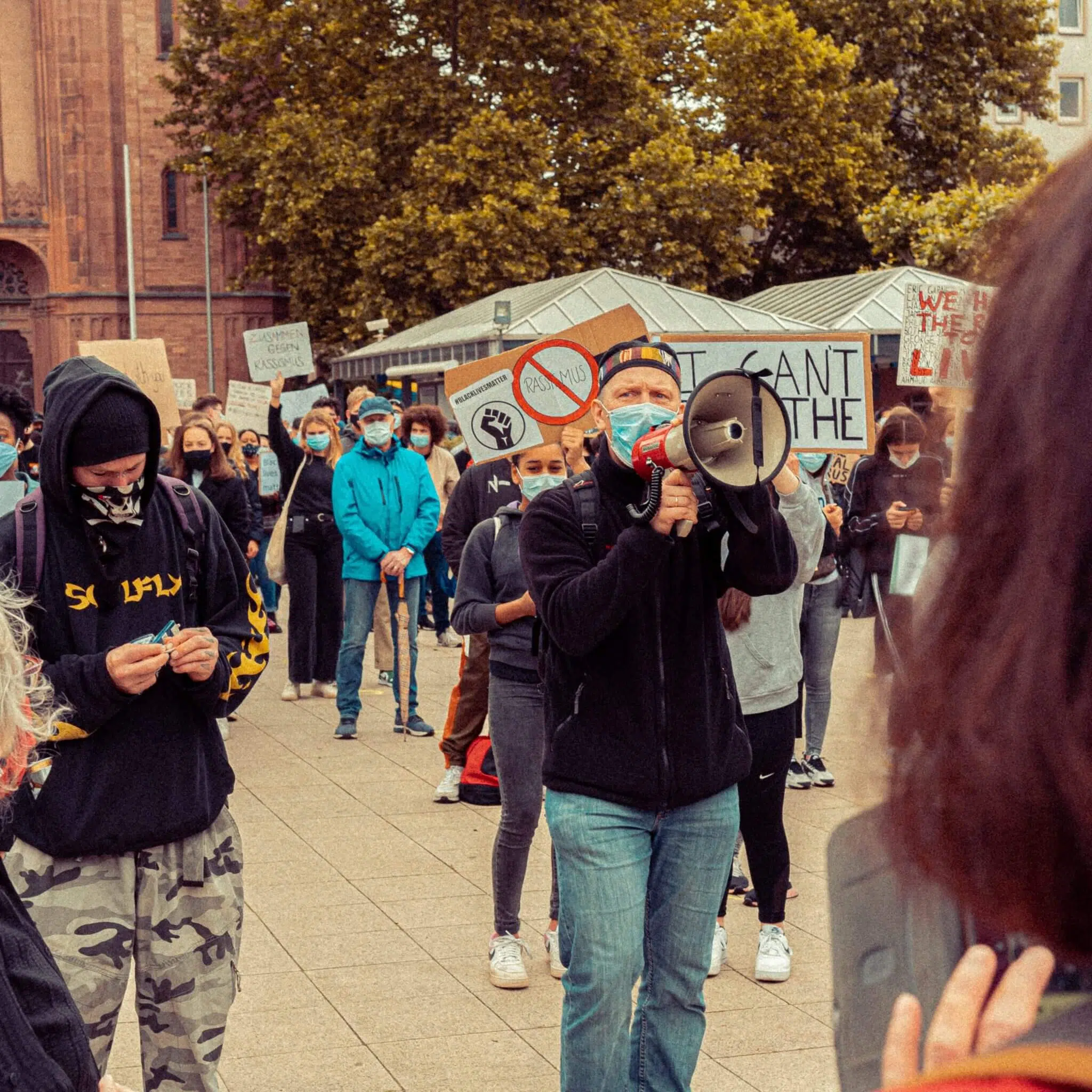This post is based on an excerpt from a recent Learning Leaders event, “Beyond Optics: Strategy in Action,” hosted by Dominique Hollins. Watch sections of the event on-demand now.
Six in 10 employers say diversity and inclusion is a top priority for their company. And while we’d love for that number to be 10 out of 10, it’s a good start.

However, only 1 in 3 employers have initiatives, policies, or a D&I team in place, which begs the question: how do we close the gap between saying diversity and inclusion are a top priority and actually putting it into practice? Taking a stance on diversity and inclusion (D&I) is easy, but taking action is what ultimately drives meaningful change and brings us one step closer to equality. Knowing the difference is an important start.
Where does your organization stand?
In order to create meaningful change, begin by asking yourself: what does D&I look like at my organization? Is your company exhibiting performative allyship, where you publicly denounce racism and inequality but do little to nothing to fix these issues within your own organization? Or is your organization anti-racist, meaning that it actively opposes racism and works to promote equality.

To figure out where your business stands, answer these three questions:
- Does your organization have a stated D&I commitment?
- Does your company have a dedicated D&I team?
- Has every manager and employee within your organization been trained on how to integrate D&I practices into their day-to-day role?
Odds are you answered yes to the first question, and maybe even the second. However, most people get tripped up by the third one. Don’t fret – even having answered yes to one of the above questions means your company is on the right track.
A 360 Degree Approach to Diversity and Inclusion
While many companies make grandiose claims to improve their organizations and hire employees with flashy DEIB titles, the true measure of success for these DEIB initiatives is whether they impact the very people they are set out to help: your employees. And for your employees, the people with the most influence over their day-to-day experience working at your company aren’t the CEO or Chief Diversity Officer — it’s their manager and colleagues. In order to be a truly anti-racist company, you must train employees from all levels of your organization how to recognize, speak up against, and fight inequality when they see it.

This 360-degree approach is the difference between an organization that says they’re committed versus one that actually follows through. The truth is that a successful long-term DEIB strategy is a holistic process, and that single person at your organization should be doing this work. This should be a top down and bottoms up approach so that we can all meet in the middle.
Improving Diversity from the Top Down
Investing in DEIB at the highest levels of your organization means getting executive buy-in for a strategy — and commitment to doing the work. For some companies, this commitment might look like tying executive compensation to your ability to meet D&I goals. Or it might begin with a smaller step, like becoming a sponsor of an employee resource group. Every organization’s needs will be different, so talk to your C-suite to understand how they can best help your D&I efforts.

In addition to your C-Suite, you should also seek buy-in from your Board of Directors. Luckily, building a business case for improving diversity is becoming increasingly easier: recently, NASDAQ petitioned the Securities and Exchange Commision (SEC) to require all of its participating companies to have at least one female and one underrepresented minority on their Board of Directors within the next four years, or risk being delisted.
As your company grows, your investors, employees, and customers are looking to hold you accountable. They want to see representation on your Board of Directors, your executive board, and at every level of your organization.
Investing in Diversity and Inclusion from the Bottom Up
For years, McKinsey studies have shown that companies with women and underrepresented minorities in positions of influence outperform more homogeneous teams. Unfortunately, it’s often more common to have diverse talent at the bottom of the organization than the top. To help change this distribution, many organizations are committing to diverse hiring slates for new roles, creating minority mentorship programs, and investing in employee’s professional development. Having diverse leaders in positions of power can help cascade inclusion throughout the organization and send a powerful message to more junior minority employees: you too can grow your career at this company!

Changing the makeup of your organization takes time and patience, so the sooner you start, the sooner you’ll see results. However, bringing diverse talent to your company is only half the battle: you also have to keep them there. Hostile work environments, pay inequality, favoritism, and bias can all push your diverse employees to quit.
When it comes to building an inclusive and self-aware organization, start by investing in diversity, equity, inclusion, and belonging training. From teaching managers to be aware of their own bias to showing employees how to call out microaggressions, learning and development training programs can help build a more inclusive organization.
Keep Momentum Going with your Diversity and Inclusion Work
Diversity and inclusion work is often piled on employees’ and managers’ already-full plates. So, how can you motivate employees to care about this type of work?

While shaming may get an immediate response, it doesn’t lead to long term change, and often leads to organizational friction. However, a little positive reinforcement goes a long way: for instance, you can create celebratory programs where you honor leaders who are actively making their workplaces more inclusive – whether that be by attending training programs, promoting someone of a different gender, etc.
—
Looking for a scalable DEIB training program? With Hone’s live online classes, your employees can learn important skills from anywhere in the world, at whatever time works for their busy schedule. Learn more about Hone and get a free trial to try out any of our classes today.












